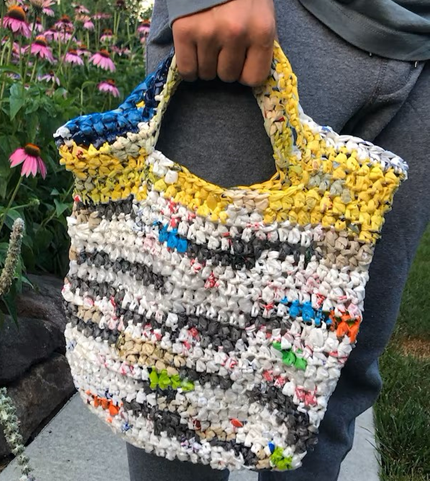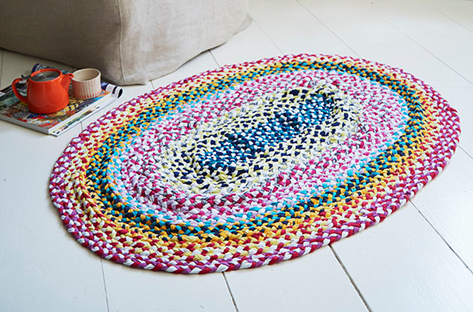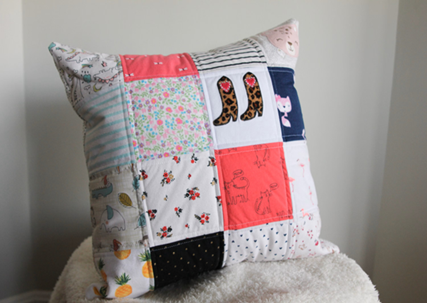In this era of fast fashion, consumers buy every trending fashion or new clothes for every occasion due to their cheap prices. It is estimated that currently, people are buying 60 percent more clothes than they require. However, the production of clothes has detrimental environmental impacts such as pollution resulting from transportation, the production of cotton, the production of synthetic textiles and chemicals, washing and manufacturing of clothes. For instance, it is estimated that to produce 1 ton of dyed fabric it takes 200 tonnes of fresh water. According to UNEP, the fashion industry accounts for 2-8 percent of total global carbon emissions and it is the second biggest consumer of water.
Most of the second-hand clothes end up in landfills while others go to donations or markets for used clothes. Although the majority of these used clothing items are frequently donated from developed nations with the best of intentions, many of them are turning into environmental hazards. In Ghana for example, approximately 15 million individual pieces of worn clothing are thought to come in the country each week, that’s according to The OR Foundation, a United States human rights and environmental NGO; nevertheless, 40% are thrown away due to poor quality. Thus, in my opinion, donating clothes is not equal to creating less environmental impact because most of the second-hand clothes donated or in markets also end up in landfills before continuing into the ocean. Recently, Some African countries like Rwanda have started banning second-hand clothes and other countries may follow suit sooner or later. The question is what will be the fate of the used clothes if exports decline?

Well, maybe it is time to plan and start thinking of using the concept of circularity in an honest manner in industries rather than in a green washing way as companies are turning into sustainable fashion industries. In simple terms, a circular economy system requires the use of resources as long as possible to utilize the maximum economic value as much as possible (Geissdoerfer et al., 2020). In this context, circularity means less waste, reusing and recycling old clothes which minimizes pollution.
Apart from donations, what other products can come from second-hand clothes? As shown in Figure 2 below second-hand clothes can be turned into several beautiful products including bedding, decorative pillows, mops, bags, rugs, and carpets. For instance, Mops made from used clothes are common in most local markets in most African countries. Such initiatives can be improved and make such mops even available in shopping malls.




Figure 2: Bag,Mop, Rug, and Pillow made from used clothes
It is important for fashion industries to trace their product’s end life through partnering with other companies that can use the clothes like raw materials and provide incentives to individuals who create products out of them other than just taking used clothes back for donations. School curriculum should also consider the inclusion of creative crafts from second-hand clothes.
Geissdoerfer, M., Pieroni, M. P., Pigosso, D. C., & Soufani, K. (2020). Circular business models: A review. Journal of Cleaner Production, 277, 123741.
https://www.unep.org/news-and-stories/story/environmental-costs-fast-fashion
https://www.dw.com/en/used-clothes-choke-both-markets-and-environment-in-ghana/a-60340513
